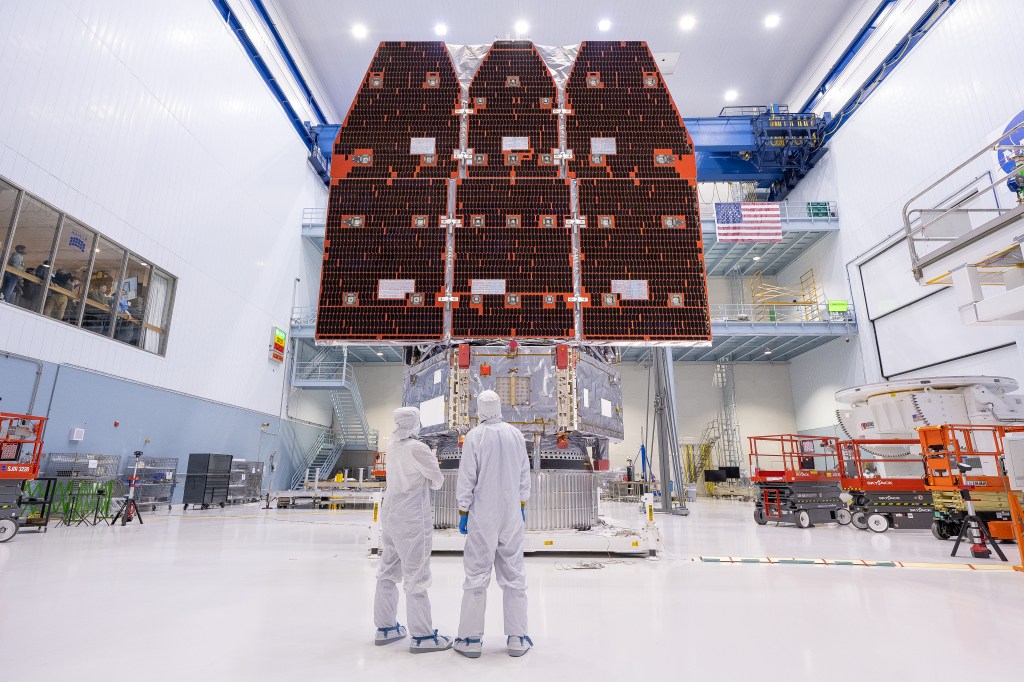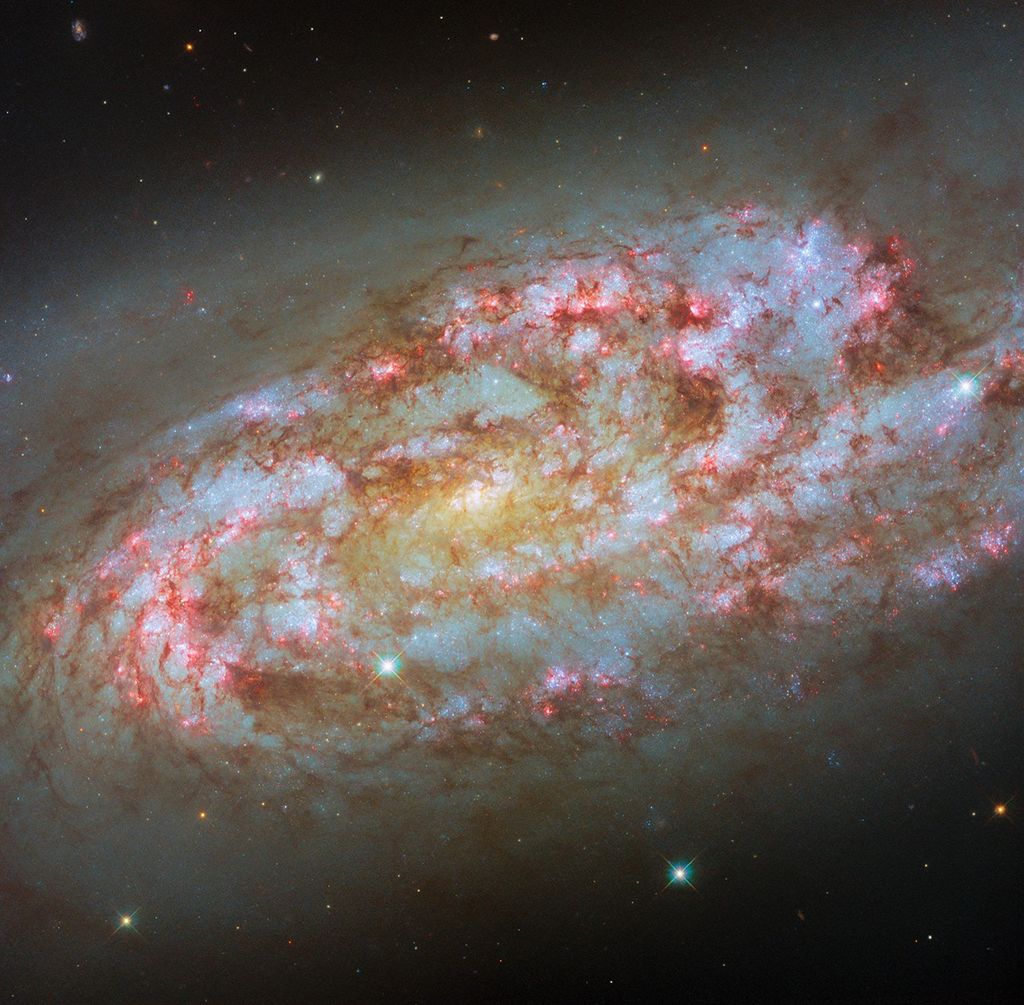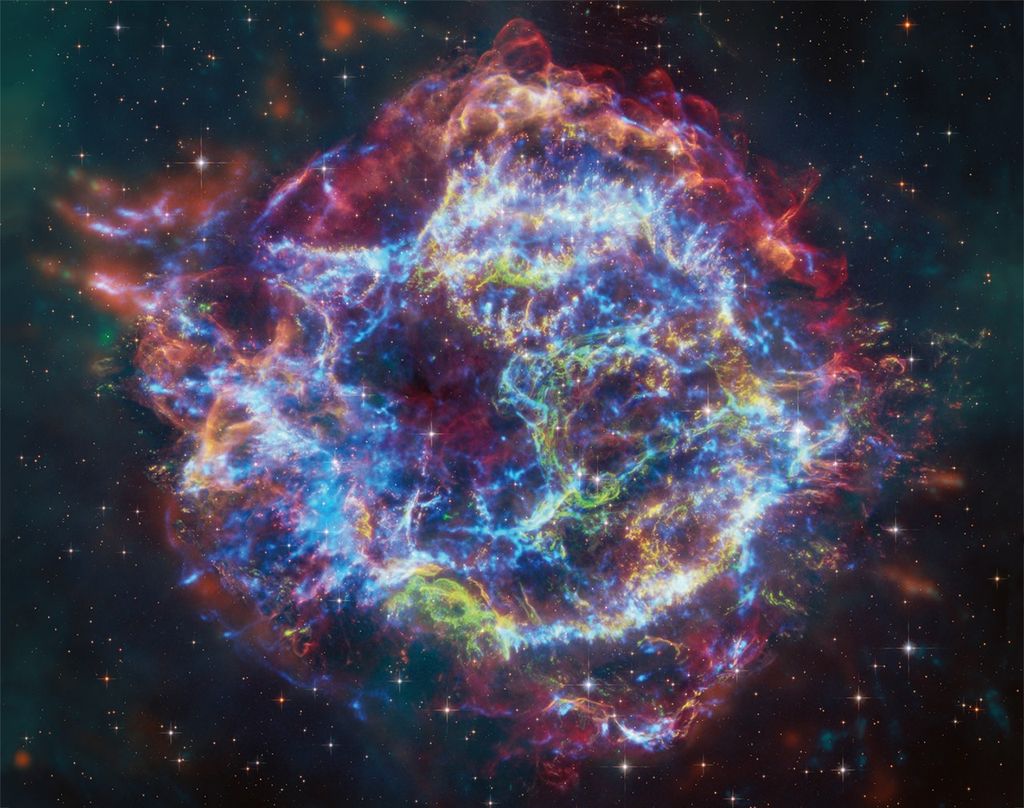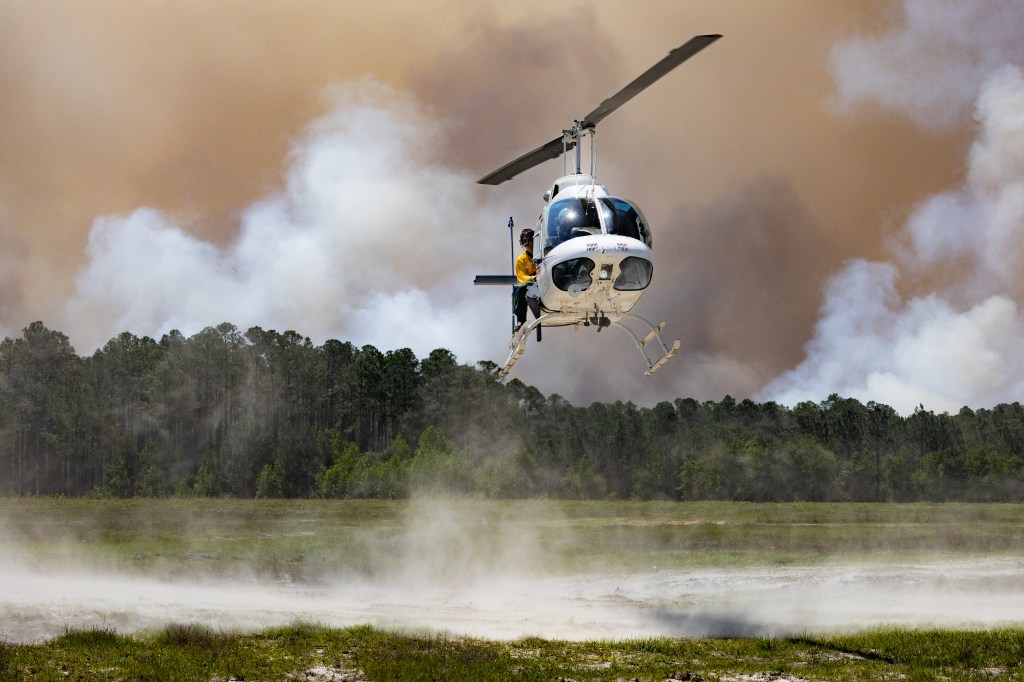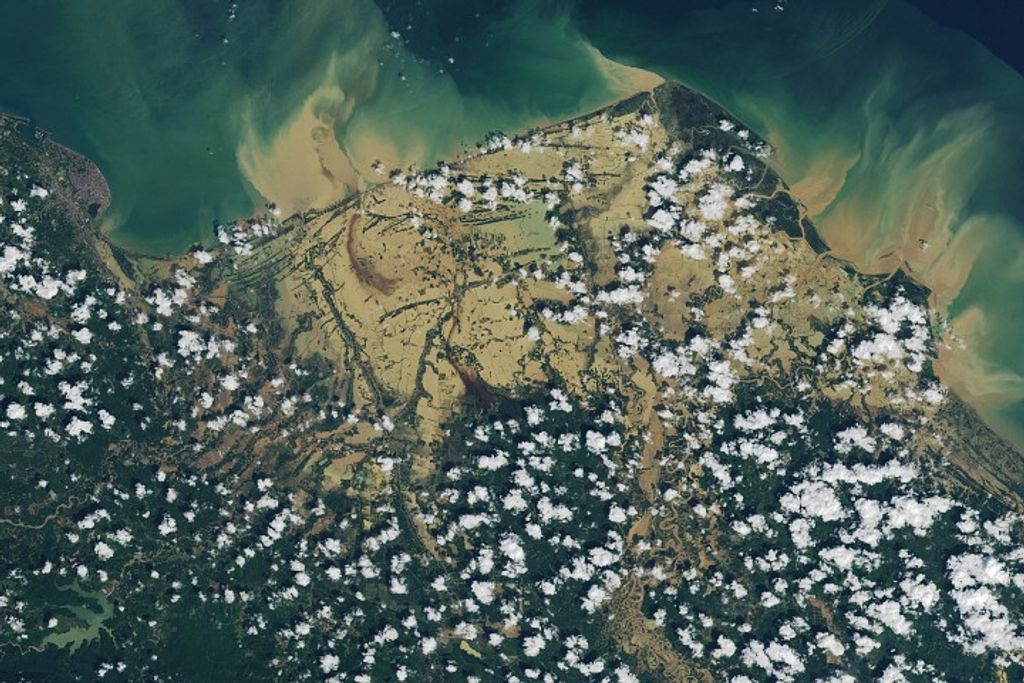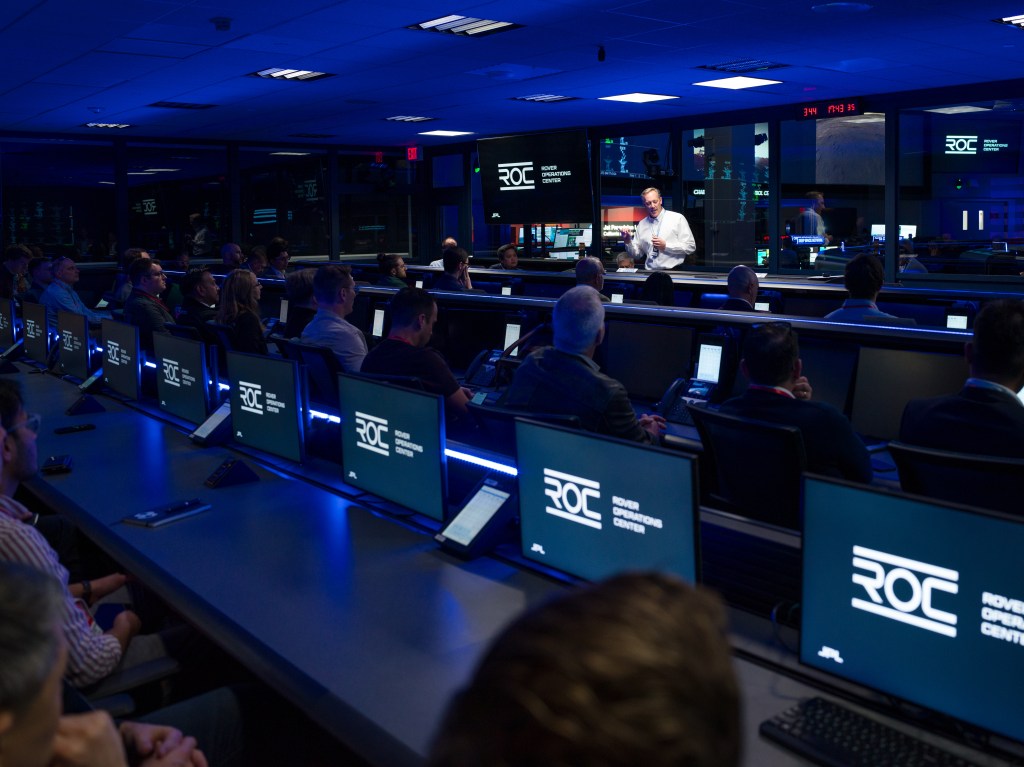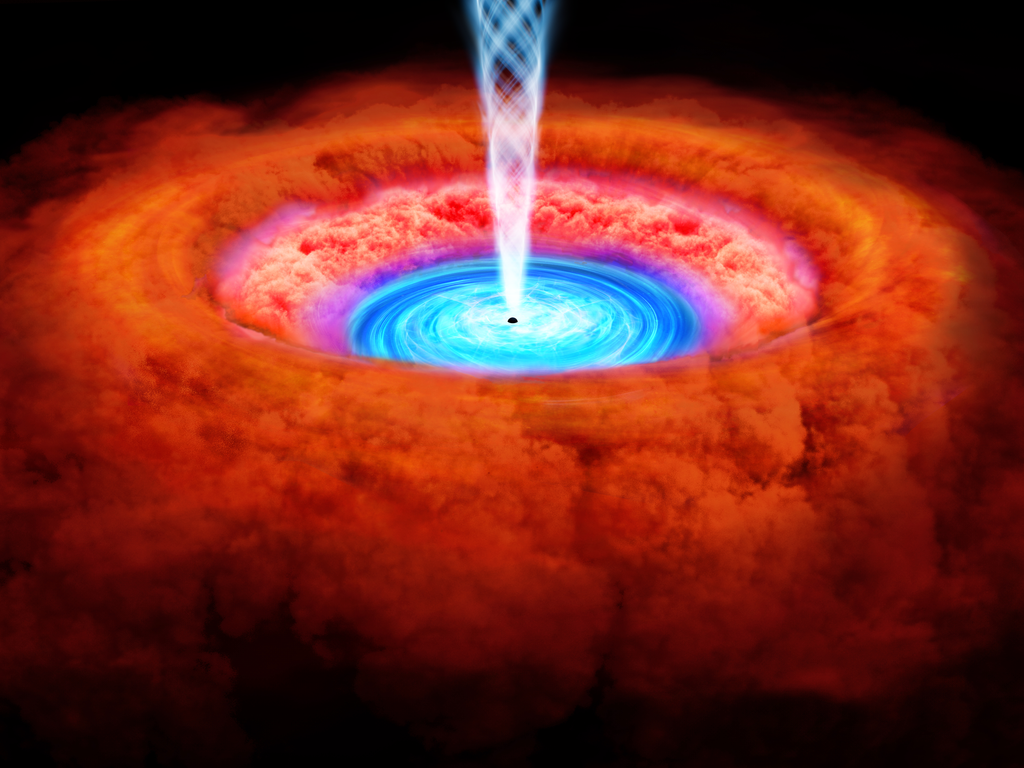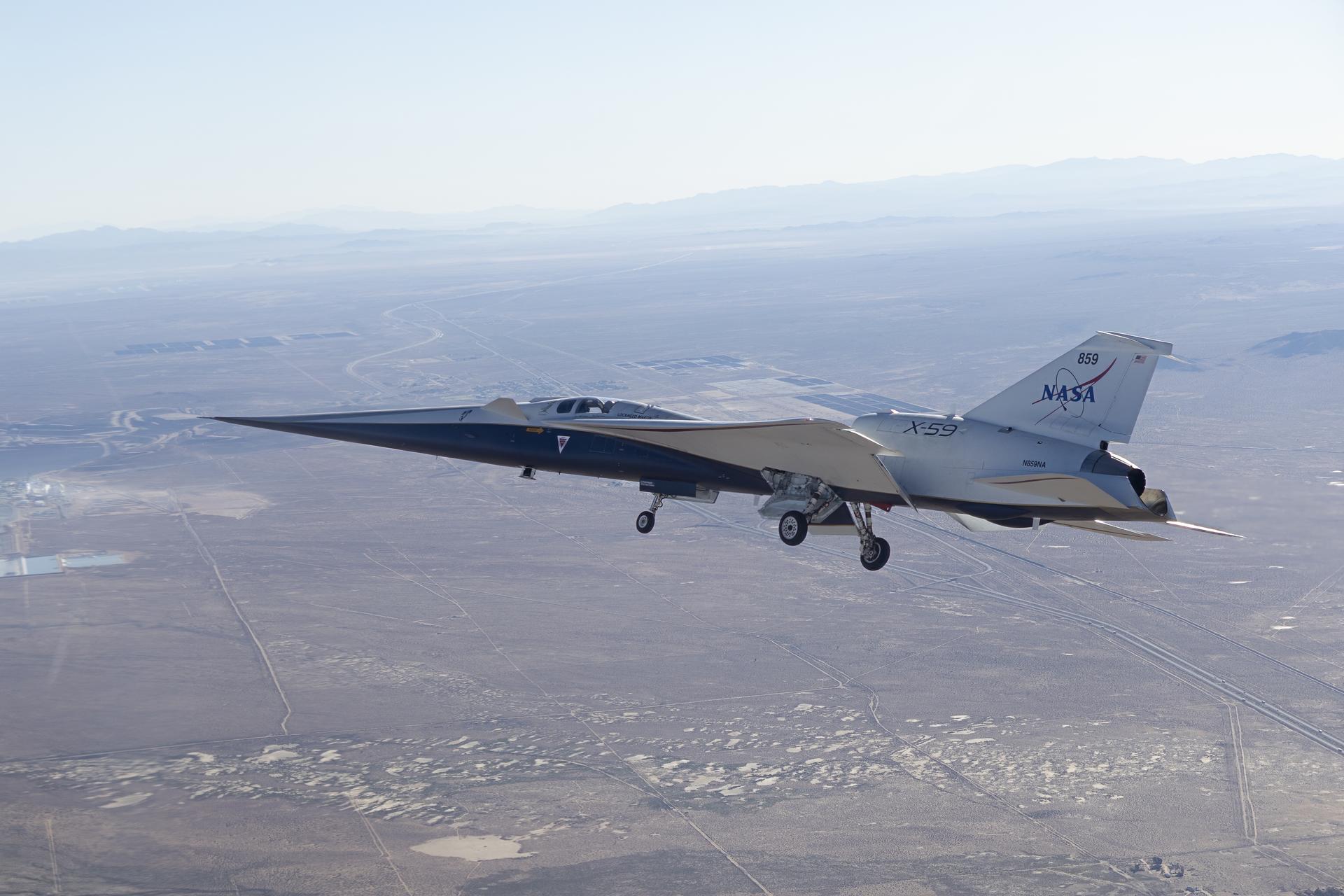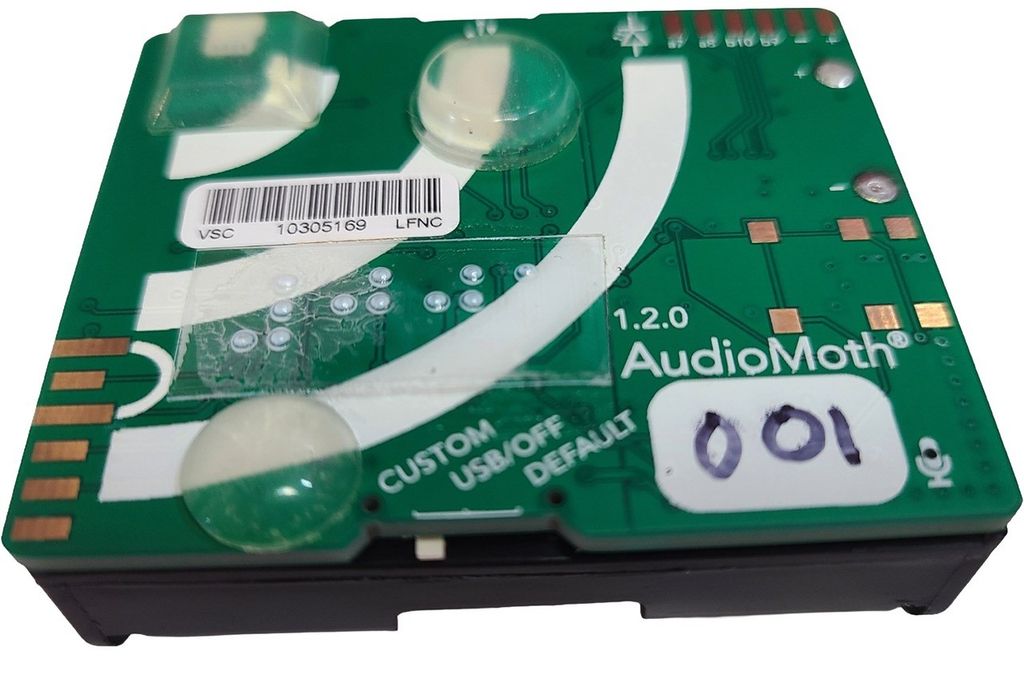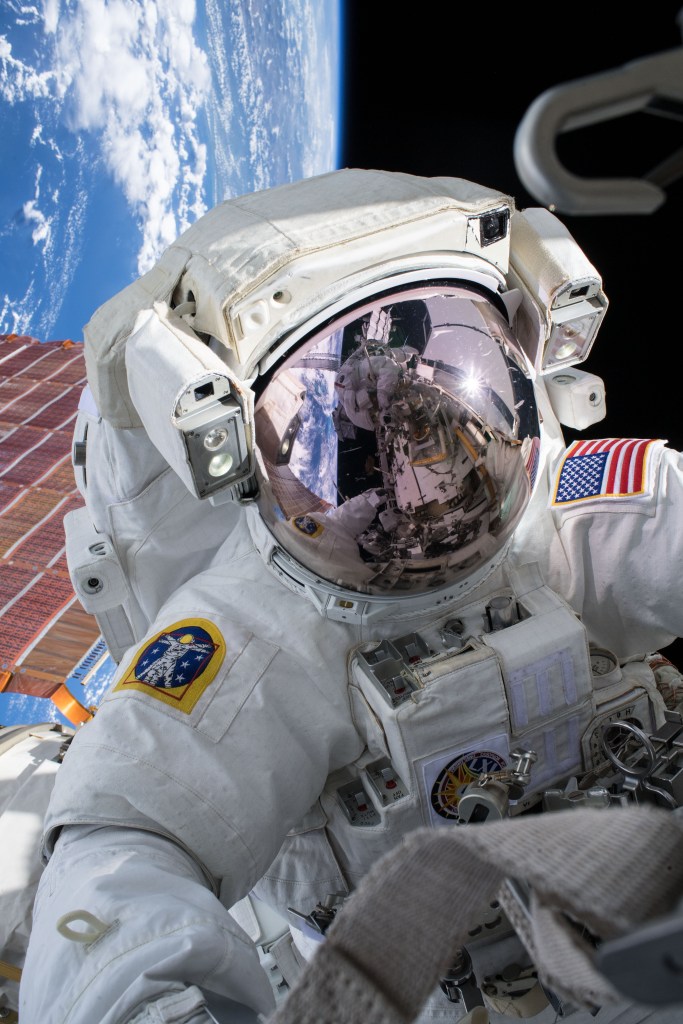Drones That See Through Waves – Preliminary Results from Airborne Fluid Lensing for cm-scale Aquatic Conservation
Abstract
1. The use of fluid lensing technology on unmanned aerial vehicles (UAVs, or drones) is presented as a novel means for 3D imaging of aquatic ecosystems from above the water’s surface at the centimetre scale. Preliminary results are presented from airborne fluid lensing campaigns conducted over the coral reefs of Ofu Island, American Samoa (2013) and the stromatolite reefs of Shark Bay, Western Australia (2014), covering a combined area of 15 km2. These reef ecosystems were revealed with centimetre-scale 2D resolution, and an accompanying 3D bathymetry model was derived using fluid lensing, Structure from Motion and UAV position data. Data products were validated from in situ survey methods including underwater calibration targets, depth measurements and millimetre-scale high-dynamic-range gigapixel photogrammetry.
2. Fluid lensing is an experimental technology that uses water-transmitting wavelengths to passively image underwater objects at high-resolution by exploiting time-varying optical lensing events caused by surface waves. Fluid lensing data are captured from low-altitude, cost-effective electric UAVs to achieve multispectral imagery and bathymetry models at the centimetre scale over regional areas. As a passive system, fluid lensing is presently limited by signal-to-noise ratio and water column inherent optical properties to ~10 m depth over visible wavelengths in clear waters.
3. The datasets derived from fluid lensing present the first centimetre-scale images of a reef acquired from above the ocean surface, without wave distortion. The 3D multispectral data distinguish coral, fish and invertebrates in American Samoa, and reveal previously undocumented, morphologically distinct, stromatolite structures in Shark Bay. These findings suggest fluid lensing and multirotor electric drones represent a promising advance in the remote sensing of aquatic environments at the centimetre scale, or ‘reef scale’ relevant to the conservation of reef ecosystems. Pending further development and validation of fluid lensing methods, these technologies present a solution for large-scale 3D surveys of shallow aquatic habitats with centimetre-scale spatial resolution and hourly temporal sampling.
Available Datasets
The following airborne datasets from Ofu Island, American Samoa are available for public use. Example transect 1 (shown below) has dimensions of 103m by 30m, and its exact coordinates are -14.182º,-169.658º. Please use the titled links below to access each dataset. Appropriate credit must be given to NASA Earth Science and NASA Ames Research Center (Moffett Field, CA).



